How to Care for Your Adventure Dog
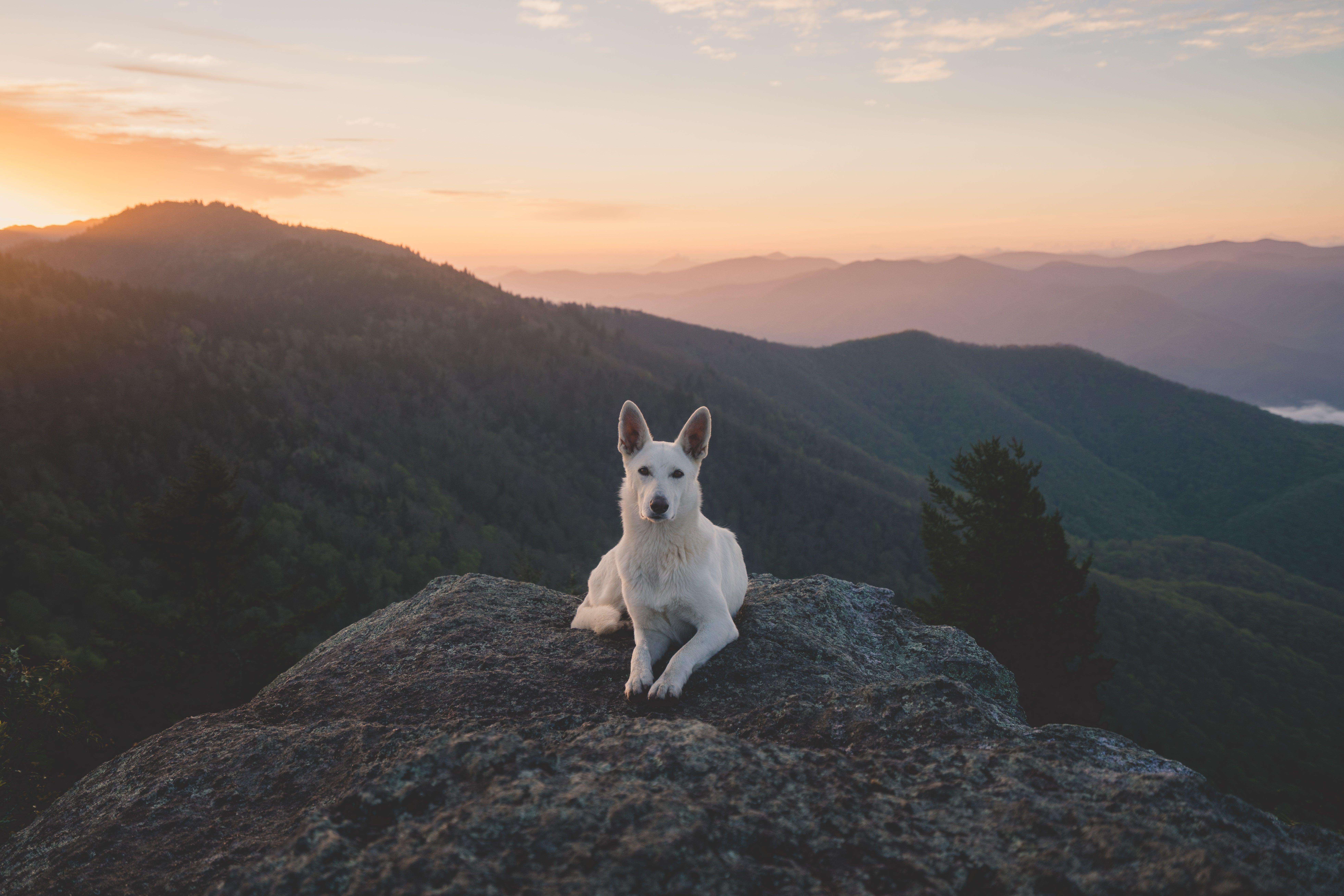
The only thing better than hiking in the fall? Hiking through gorgeous autumn foliage with your best friend. Watching a happy, adventurous pup pounce across a stream or bound up a slope with endless energy is truly joyful, and it’s a great way to keep your dog in good shape for a long and healthy life. But making the most of a hike with your pup requires preparation in order to make sure it’s a safe and enjoyable outing for everyone involved. Here are a few important things to consider.
1. Make sure your pup is up for hiking, and pick the right kind of trail. Before you even head out, make sure your dog is up for the challenge of jumping over logs and scrambling up rocky slopes. Some breeds may not be suited for steep hikes or intense exertion on hot days, and short-muzzled dogs are at particularly high risk for heat stroke. If you’ve never been hiking with your dog before, start small and close to home to toughen up their feet a bit or get them used to booties. Check with rangers and hiker beta on dog friendliness before you finalize your trail choices, and check recent weather, too, so you’re prepared if there’s snow at higher elevations. Balms like Musher’s Secret can protect soft paws against snow and ice.
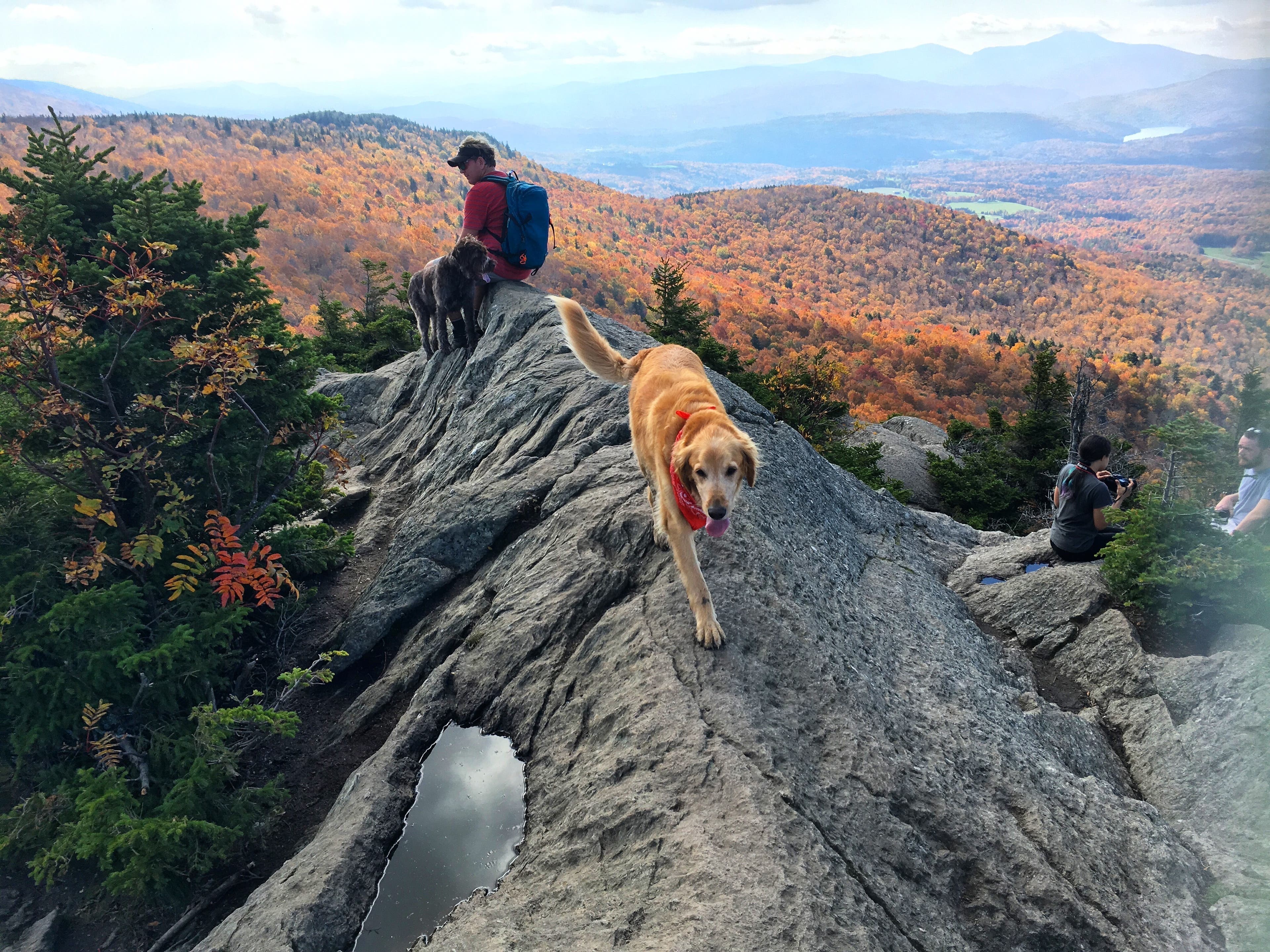
2. Prep your pup for camping. If you’re going for an overnight with your dog, trim his or her claws ahead of time to prevent damage to your tent floor. And even though dogs come equipped with a fur coat, make sure you pack something soft and cozy for them to snuggle into, like a packable pad to insulate them from the ground and a lightweight fleece blanket or a dog-specific sleeping bag if conditions will be particularly cold.
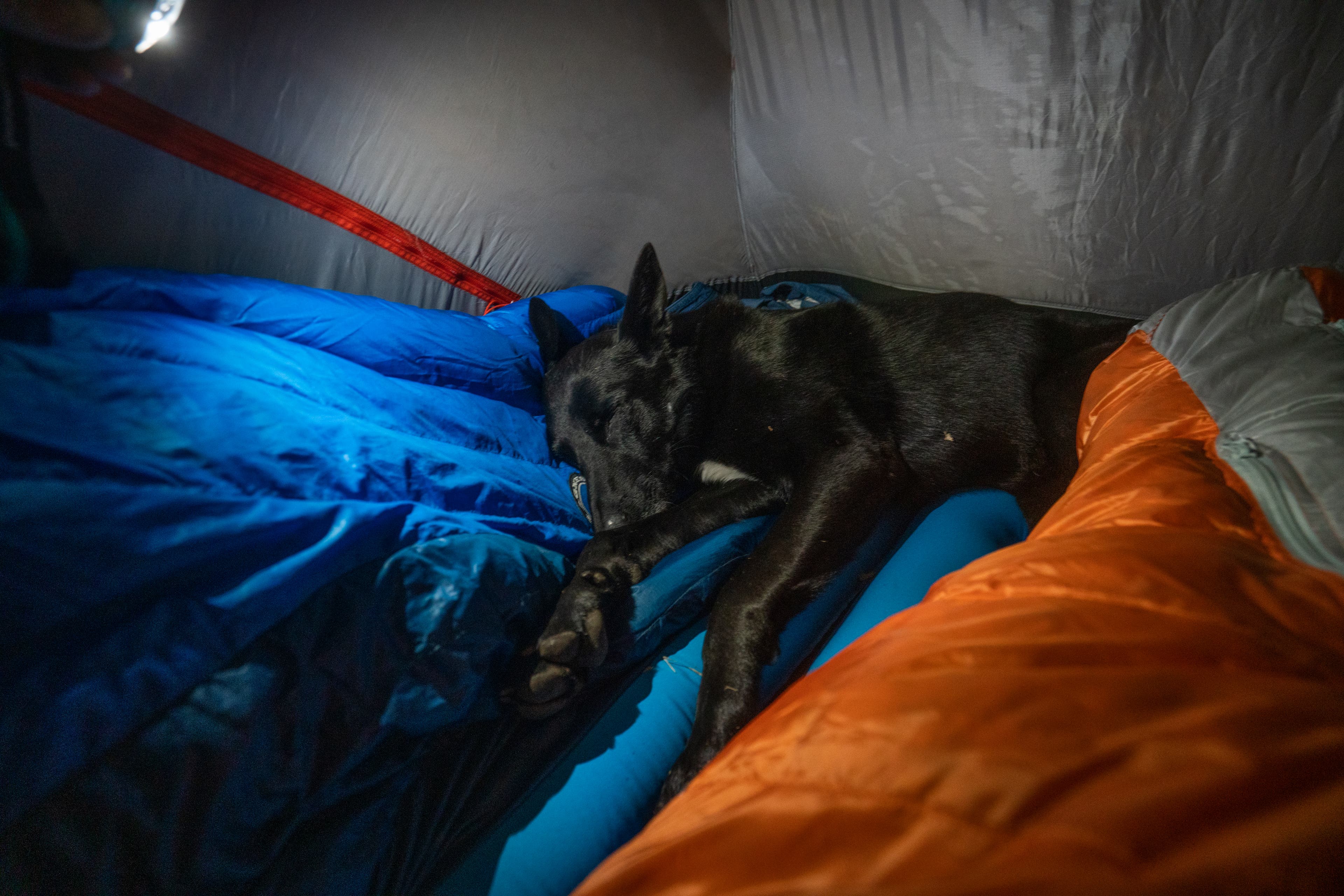
3. Feed your dog a healthy diet. Keeping your dog healthy and in top trail condition requires feeding them a high-quality diet in addition to keeping up the exercise year-round. Dry dog food is sold as fairly one-size-fits-all, but in reality every dog has different nutrition needs. Creating an individual plan with a brand like The Farmer’s Dog allows you to customize your dog’s food to their specific nutritional requirements, based on factors including their age, weight, and activity level; and Backpacker readers get 50% off their first order! Unlike dry food, the recipes are made with fresh, human-grade ingredients, which can help keep your dog zipping up trails for many years to come. Just like you need more calories, protein, and fat for sustained energy on a long hike, your dog does, too, so be sure to treat them to some healthy snacks on trail days. The Farmer’s Dog recommends slicing up raw fruits and veggies like celery, carrots, and apples as healthy treats. If you’re taking your dog on a camping trip, you can store food in an insulated bottle to keep it fresh. Freezing the empty, open bottle the night before packing it will essentially create a mini-fridge. Make sure the food is still cold to the touch before you serve it, to make sure it hasn’t spoiled.

4. Keep your dog hydrated on the trail. It’s not uncommon for dogs to get away with drinking untreated water along the trail, but it’s always safer to filter or boil it, or bring extra tap water from home. Dogs can get sick from waterborne illnesses like giardia, just like you. Bring a collapsible, lightweight bowl and make sure you stop regularly to give your pup water breaks, possibly every 15 to 30 minutes if it’s a hot day and a steep trail. Monitor your dog’s breathing during rest breaks and stop more frequently if you notice it’s taking them longer to recover. If you have a large dog and can’t easily carry enough fresh water for you both—your dog may need up to 1.5 ounces of water per day per pound they weigh—look into a dog-specific backpack so they can haul their own, as well as their own food (and maybe a beverage or two for you). Feeding your dog fresh food also provides more hydration than shelf-stable, dry food. Weigh your dog’s pack before you set off—dogs shouldn’t carry more than 25 percent of their own weight.
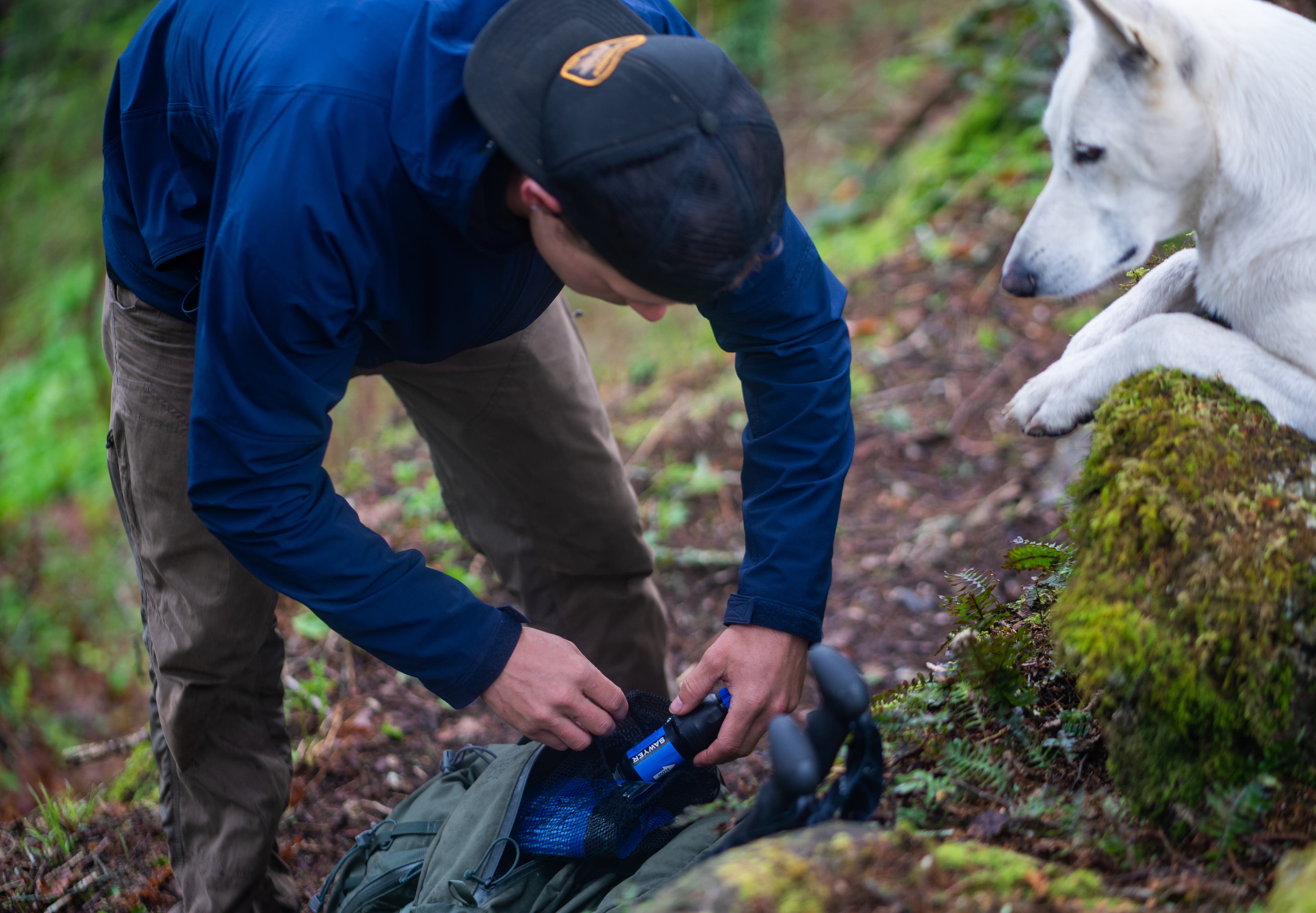
5. Follow all pet restrictions where you’re hiking. Always follow leash laws. Even if you have the most well-trained dog, you can’t control wildlife and you can’t predict how another hiker’s dog could respond to yours if they come across each other unexpectedly. Your dog might be super-friendly and well-behaved, but that doesn’t mean everyone will want to be approached by them. Abiding by restrictions and staying on-leash when it’s required protects your dog as much as it protects everyone else. Opt for a 6-foot leash attached to a harness rather than a collar to prevent strain on your dog’s neck and to avoid getting tangled in bushes.
6. Leave no trace. Dog waste should be packed out with you or, if local regulations allow, buried at least 8 inches deep and 200 feet from trails and water sources. If left out to decompose, it can contaminate water sources and pose an environmental hazard, not to mention it can mar the hiking experience for others. To minimize odors when packing it out, you can store waste bags in a dedicated canister, like a Nalgene bottle, or tuck well-sealed waste bags in your pup’s backpack.
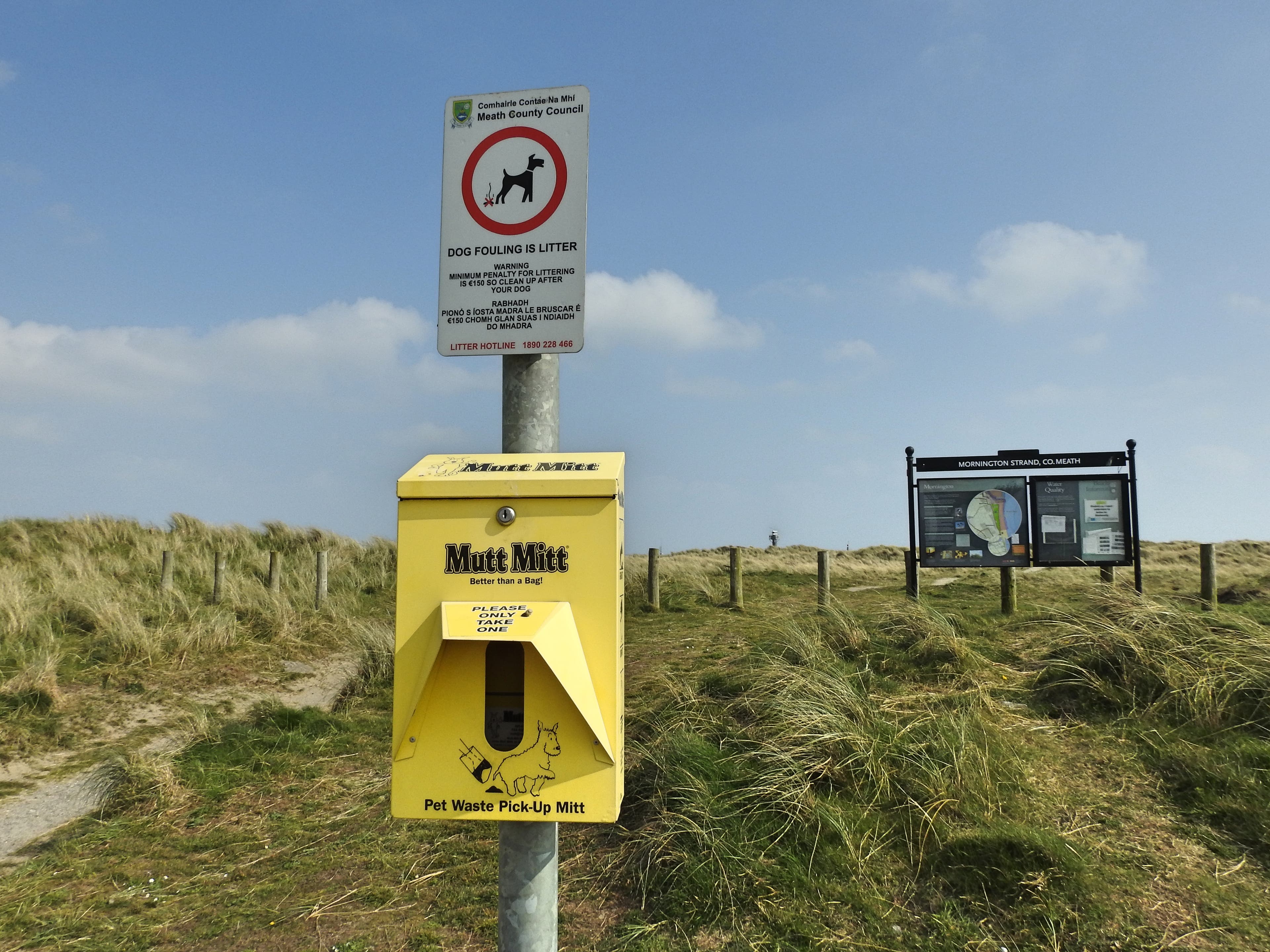
7. Keep your dog fit off the trail, too. Big weekends out in the backcountry shouldn’t be your dog’s only serious exercise. In between hikes, keep each other active with long walks around the neighborhood or games of fetch at the dog park. Making sure you feed your dog a healthy and size-appropriate diet is important to keeping them in good shape, as carrying extra weight can place extra stress on their bodies. Your vet can help with all facets of keeping your dog in top hiking shape, and a fresh food plan can take the guesswork out of feeding the right amount to your hiking partner.

